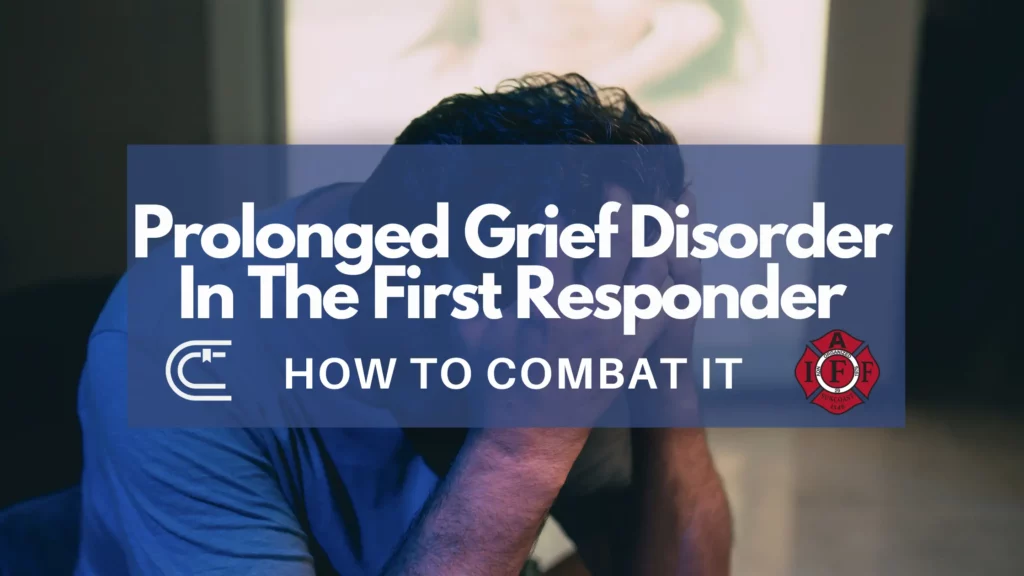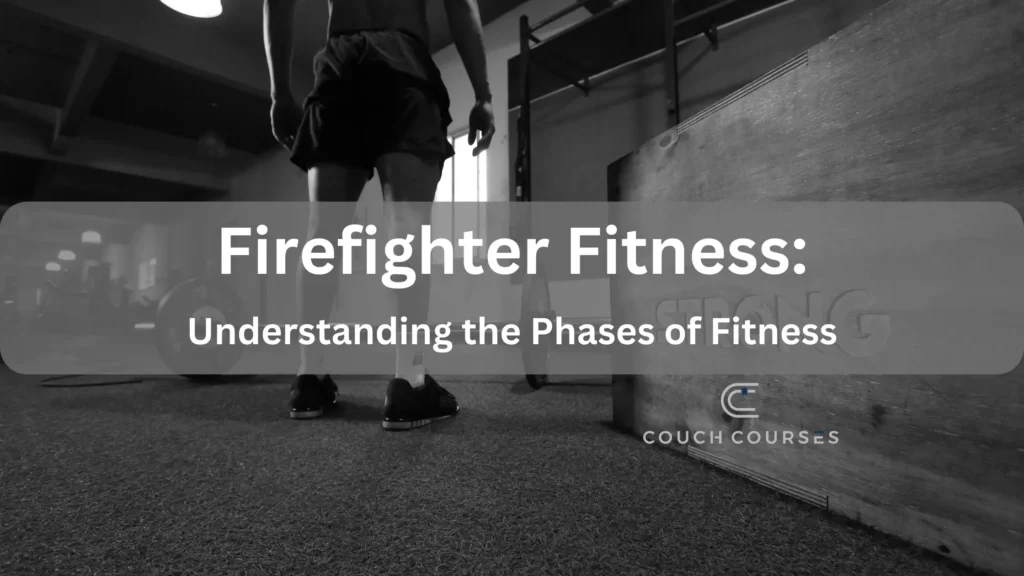Firefighter Educating, Training, Instructing, and Drilling
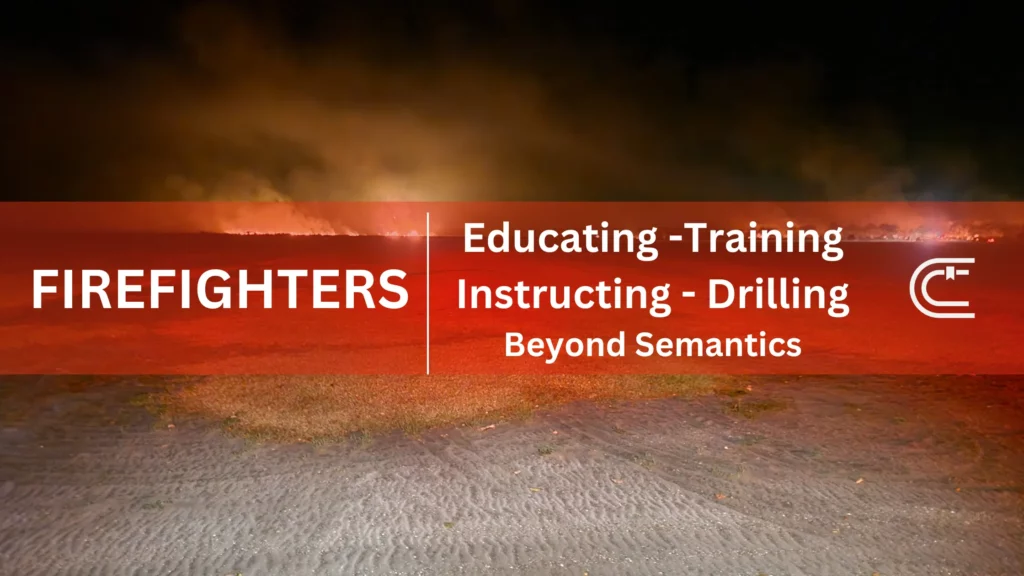
It’s time to drill. Firefighter Training Tuesday. The education course will take the next three shifts. Your instructor will be… those are all phrases we’ve heard at one time or another. Do they all mean the same thing? Are there any differences?
Even though the terms training, drilling, educating, and instructing firefighters are frequently used interchangeably, they do have different meanings and associations. Even Merriam-Webster’s Dictionary offers a very vague association between all four terms. So how do we know which one to use and when? Let’s take a specific look at what each term really means.
Educating
The term education is more general and refers to a more comprehensive and complete method of learning.
Through a variety of teaching techniques knowledge, understanding, and intellectual growth are achieved by the learner.
An established curriculum, academic evaluation, and the development of intellectual aptitude are typically included. This would be the didactic realm, the information download as it were.
Key takeaway: Education aims to boost critical thinking, problem-solving skills, and a wider grasp of concepts, theories, and ideas in addition to the acquisition of specific skills.

Training
Training is typically used to describe the systematic process of delivering a particular set of skills and abilities.
The main objective is to enhance performance in a specific job, task, or activity by giving real-world guidance and opportunities for practice.
Training will occur after the knowledge has been given and the skills to be performed have been explained and exemplified. Training will allow those to apply their knowledge to the skill.
Key takeaway: Training is skill-based and strives to increase one’s competence, effectiveness, and efficiency when performing duties or obligations.
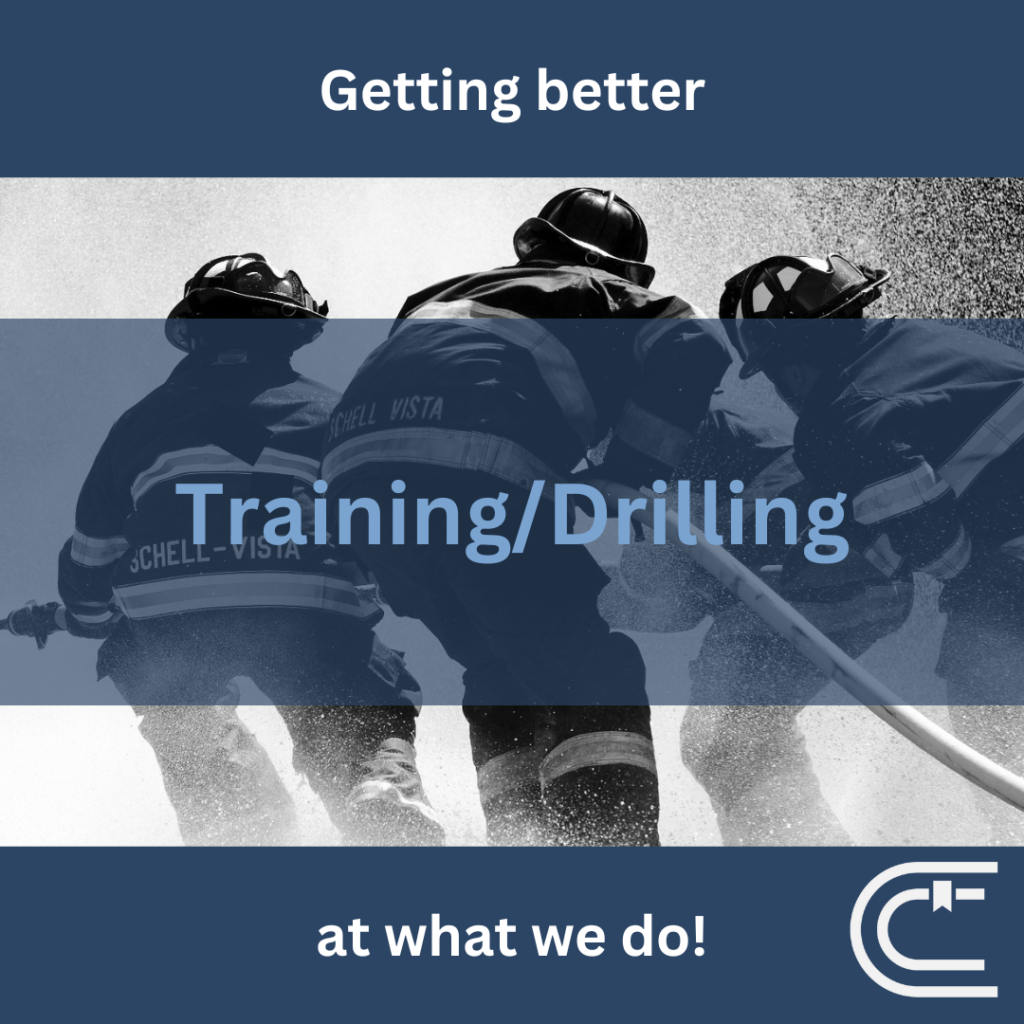
Instructing
Giving someone instructions, direction, or information in a clear, succinct, and structured way is referred to as instructing. It’s delivering precise instructions or directions for how to do a job, follow a procedure, or adhere to a set of norms or principles.
The emphasis is on effectively communicating knowledge or procedures, therefore instructing may be a part of both training and educational processes.
It is usually done after education on the broader topic is conveyed.
Key takeaway: With the main objective of assuring knowledge and compliance, instruction is frequently centered on conveying information or processes to be followed.
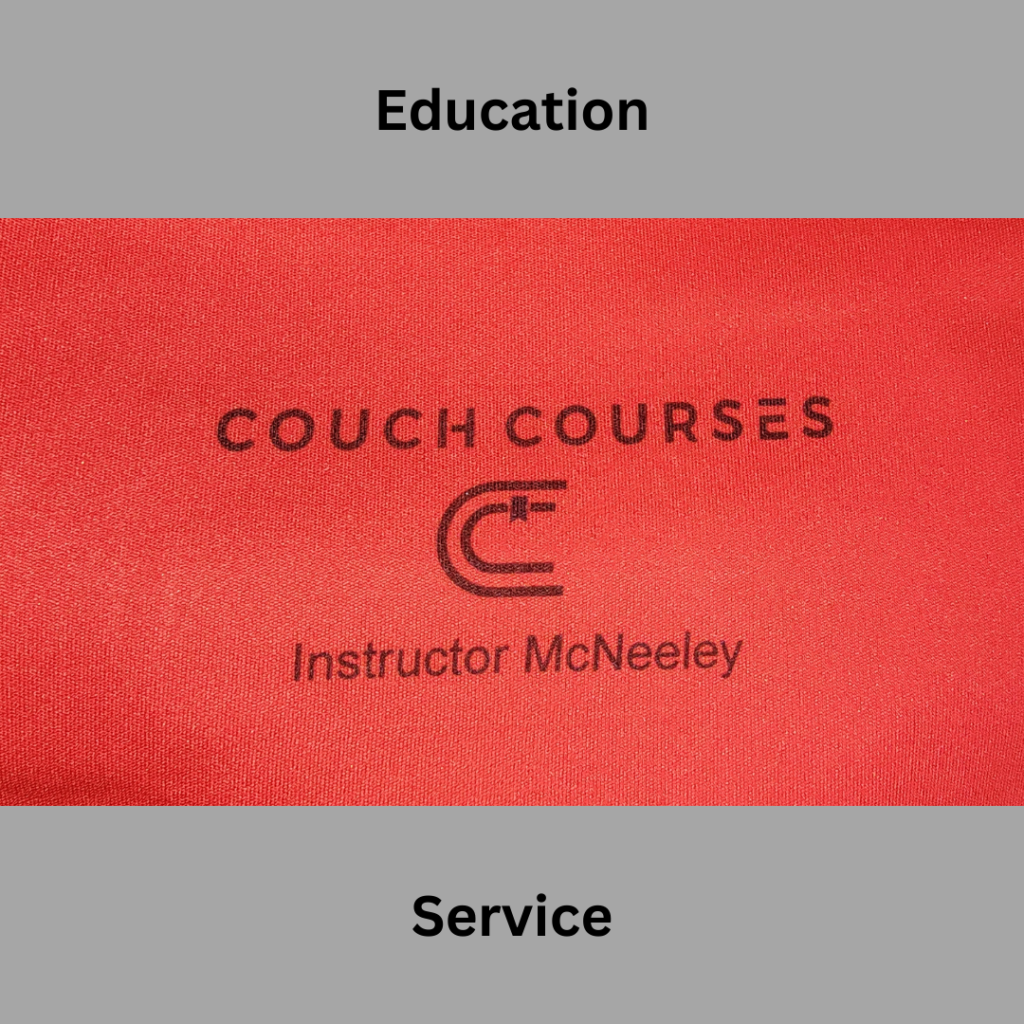
Drilling
Drilling is a special kind of training that emphasizes practicing a certain skill or technique repeatedly. It entails continuously carrying out the same movement or work to build muscle memory and enhance consistency, speed, and accuracy.
In emergency services, drilling may involve practicing specific hazmat response protocols, rescue techniques, medical procedures, or fire suppression tactical maneuvers.
Key takeaway: Drills are frequently employed to strengthen essential skills, improve reflexes, and ensure a high level of efficiency in crucial activities.
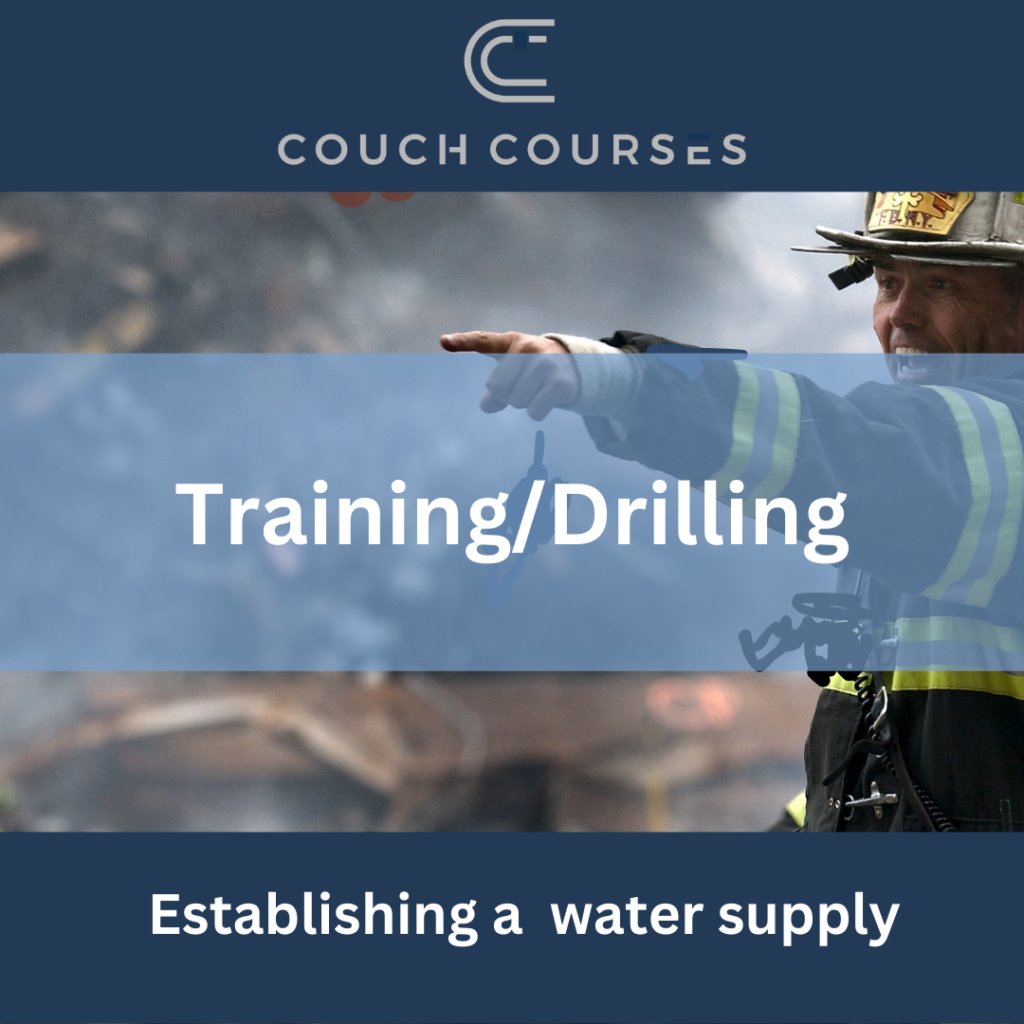
Applying our new understanding
While there is an overlap between these terms, the main distinction lies in their emphasis and purpose.
Education focuses on broader intellectual growth and understanding.
Training emphasizes skill development and practical application.
Instructing primarily involves providing clear directions or information.
Drilling is used to reinforce reflexes and memory development.
Depending on the context and desired outcomes, a combination of these approaches may be utilized to achieve the desired learning objectives.
From my point of reference, I see that there is a set order to the use of these terms and approaches:
1st Educating: Giving that knowledge and information
2nd Training: Applying that new knowledge to a skill or action
3rd Instructing: Focusing in on that skill or action and giving direction and feedback
4th Drilling: Reinforcing that KSA and creating the memory and muscle recall
As any good teacher will tell you, it is vitally important to break the class activities up into smaller bite-size pieces for your students.
Now that you understand the differences in educating, training, instructing, and drilling use your new knowledge to break down your educational plan for your department or agency.
Start by educating and knowledge-acquiring activities, followed by training on the skills and knowledge acquired. Then instruct on the specific guidelines and procedures to be used. Finally, drill on the subject and enhance the muscle memory and reflexes at those Two Dark Thirty times.
Get organized
Organization is key to any educational application. Take the time necessary to sit down and look over what you want to achieve. Brainstorm some of the ways you’d like to see it happen.
Involve others to help you in the process. Ask other officers or look for outside resources to bring in a new vision.
It is never a bad idea to ask those whom you plan to involve what they like and what they would like to see. This concept is part of the active learning model and involves your students in education.
Wrapping it up
While all four keywords are used interchangeably, it is important to understand that they are different concepts. The key is to take those four parts and incorporate them into your department’s learning strategy successfully.
In our industry, it is essential to keep your (KSA) knowledge, skills, and abilities at their maximum. We all understand the importance learning has and how it enables us to all go home safely.
I talk a lot about these concepts in my book, Two Dark Thirty, because I want to see everyone have a safe and successful career. Take advantage of those learning opportunities and embrace them. Use your time to get better for yourself and for the others who are counting on you.

